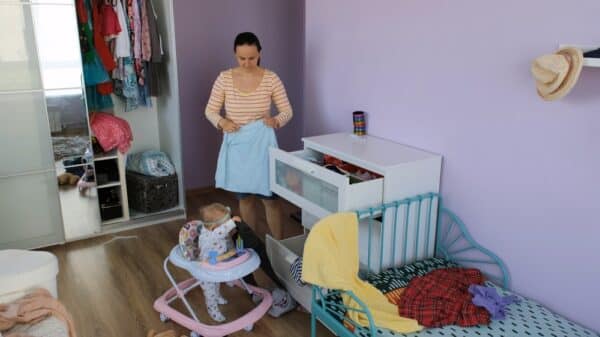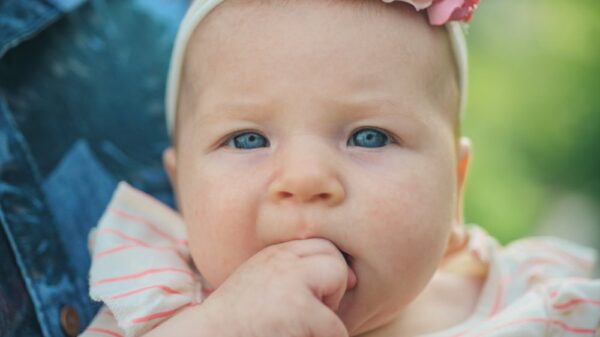When I was growing up, I had a friend whose home was always buzzing with activity—he had eight brothers, and seemingly, a new one arrived every year. It fascinated me as a kid. How could one family have so many boys? Isn’t the sex of a baby just a coin flip? It turns out, science has something surprising to say about that.
A recent study from Harvard, led by researcher Siwen Wang, explored whether some families are more likely to have children of the same sex. Drawing on over 58,000 women’s birthing records from the long-running Nurses’ Health Study, the researchers analyzed nearly 150,000 pregnancies between 1956 and 2015. Published in Science Advances, the results suggest the odds aren’t always 50/50.
A Weighted Coin Toss?
The study found that families with three or more children were significantly more likely to have all boys or all girls. This trend deviates from traditional models that assume the probability of having a boy or girl is always even. Instead, the researchers proposed a “beta-binomial” distribution: like each family having its own weighted coin, slightly tilted toward one sex.
In practical terms, if a family has three boys, the odds of the next child also being a boy increase to 61%. For families with three girls, the chance of another girl jumps to 58%. This explains why some families seem to be “all-boy” or “all-girl” families—it’s not just coincidence.
Could Maternal Age Play a Role?
One possible explanation involves maternal biology. As women age, certain reproductive changes—such as a shorter follicular phase or shifts in vaginal pH—may favor the survival of sperm carrying either the X or Y chromosome. This could subtly skew a family’s sex ratio over time.
Limitations of the Study
While the research is compelling, it’s not without caveats. The study didn’t include data on fathers or half-siblings, both of which could influence outcomes. Additionally, the sample consisted almost entirely of white American women, all of whom were nurses—raising questions about whether lifestyle or occupation may have impacted the results.
Why This Matters
This research doesn’t change the randomness most families experience when it comes to baby gender. But it does introduce a new layer to our understanding of reproductive trends. For parents of multiple children of the same sex, science now offers a little validation: there might be more at play than just luck.
Whether you’re the proud parent of all boys, all girls, or a mix, remember that every family story is unique—and now, a little more scientifically fascinating.
Image Source: Unsplash



































